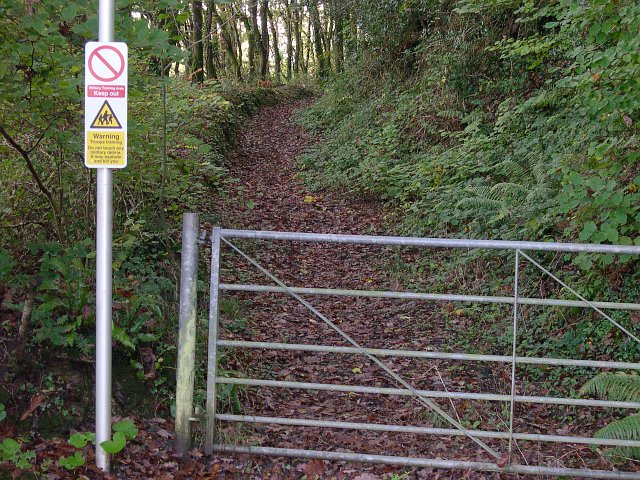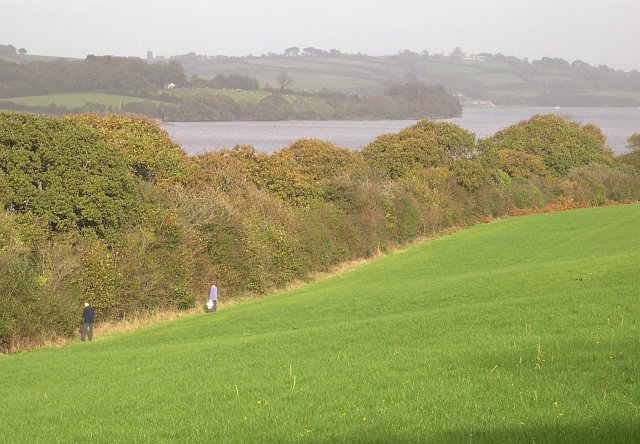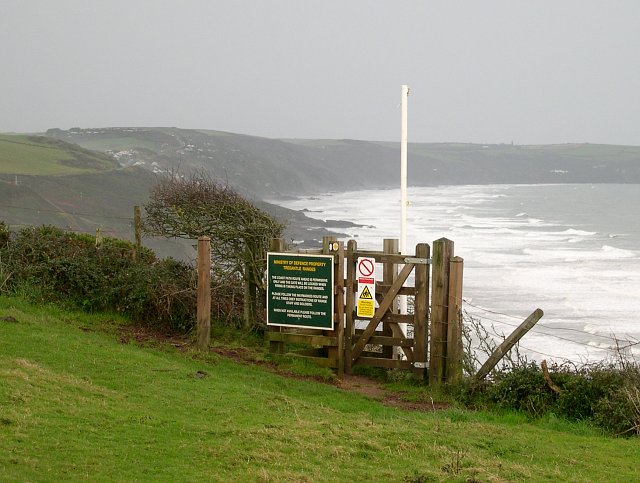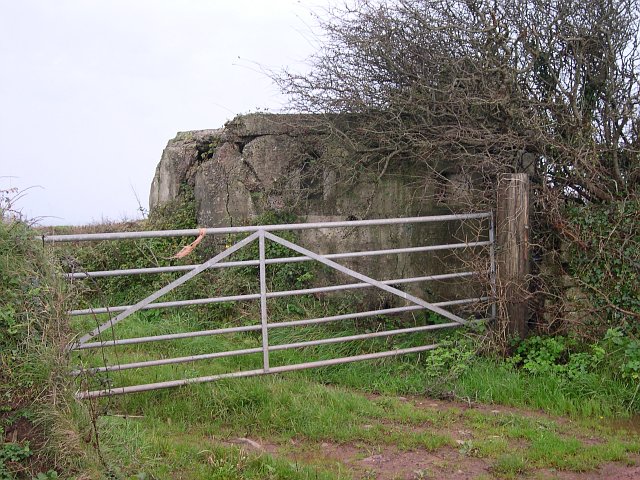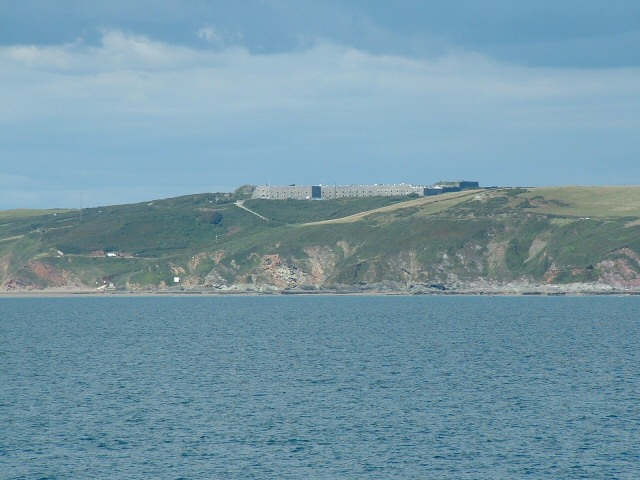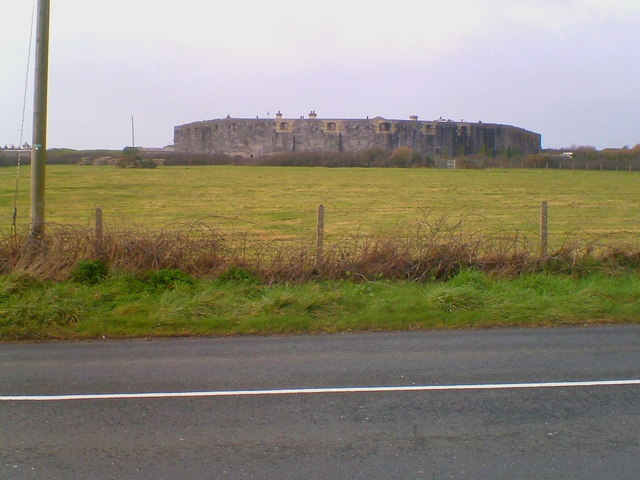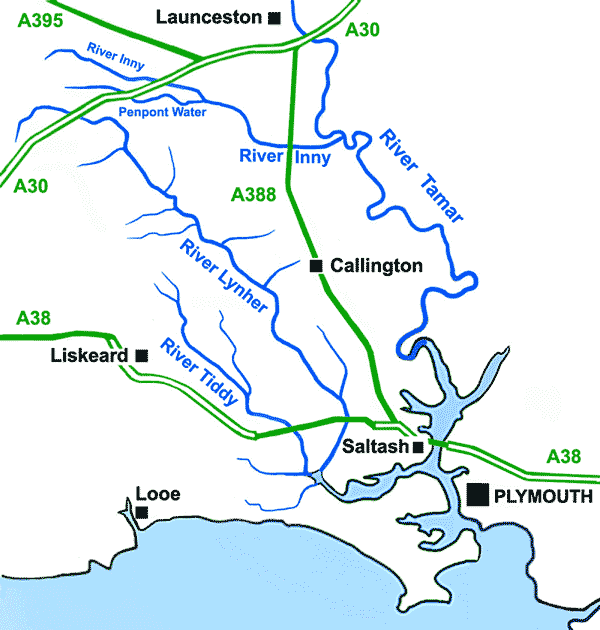Kerslake Plantation
Wood, Forest in Cornwall
England
Kerslake Plantation
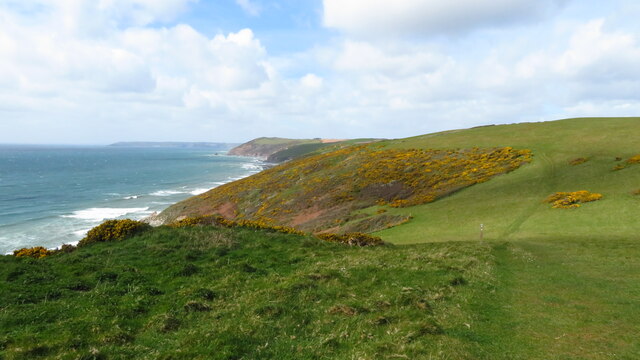
Kerslake Plantation is a picturesque woodland located in Cornwall, England. Situated near the village of Wood, this forested area covers approximately 100 acres of land. The plantation is known for its diverse range of trees, including oak, beech, and pine, which create a dense and vibrant canopy overhead.
The woodland at Kerslake Plantation offers a peaceful and tranquil environment, making it a popular destination for nature enthusiasts and hikers. The forest floor is covered with a lush carpet of mosses, ferns, and wildflowers, providing a beautiful setting for leisurely walks or picnics. The plantation is also home to various wildlife species, such as deer, badgers, and a wide variety of bird species, making it a haven for wildlife enthusiasts and birdwatchers.
The management of Kerslake Plantation is committed to preserving the natural beauty and biodiversity of the woodland. Regular maintenance and conservation efforts are carried out to ensure the sustainability of the forest ecosystem. The plantation also offers educational programs and guided tours, providing visitors with the opportunity to learn about the local flora and fauna and the importance of forest conservation.
In addition to its natural beauty, Kerslake Plantation is conveniently located near several amenities. The nearby village of Wood provides facilities such as parking, restrooms, and a café, making it an ideal location for day trips or longer stays. Whether seeking solitude in nature or exploring the natural wonders of Cornwall, Kerslake Plantation offers a serene and captivating experience for all who visit.
If you have any feedback on the listing, please let us know in the comments section below.
Kerslake Plantation Images
Images are sourced within 2km of 50.370409/-4.283858 or Grid Reference SX3754. Thanks to Geograph Open Source API. All images are credited.
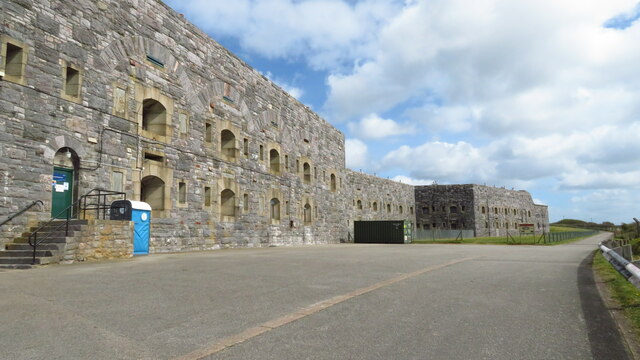
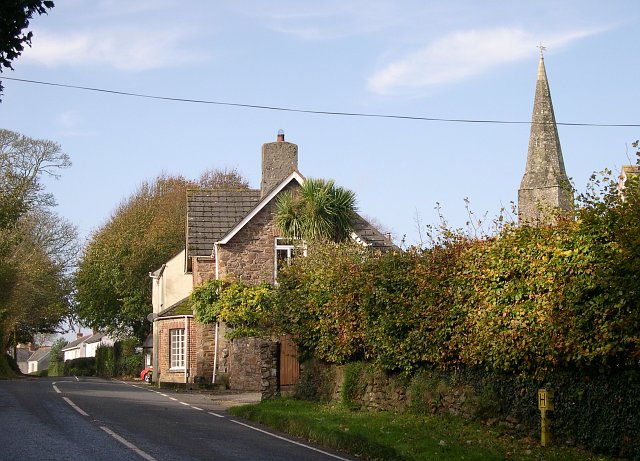
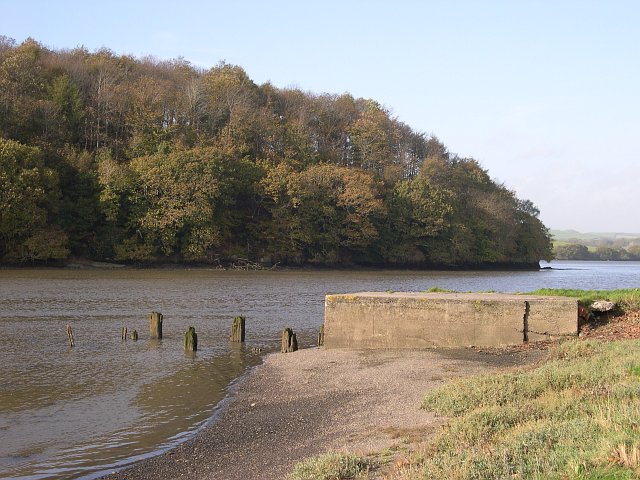
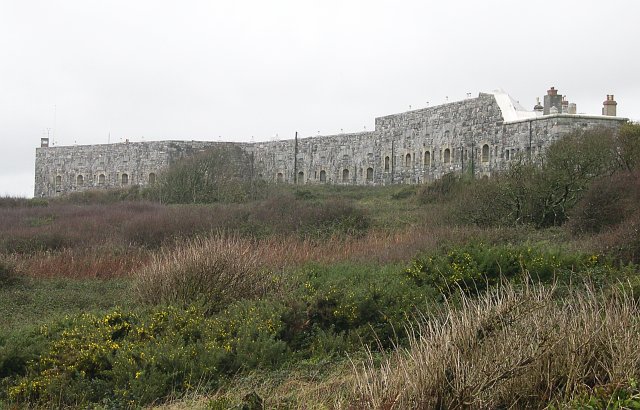
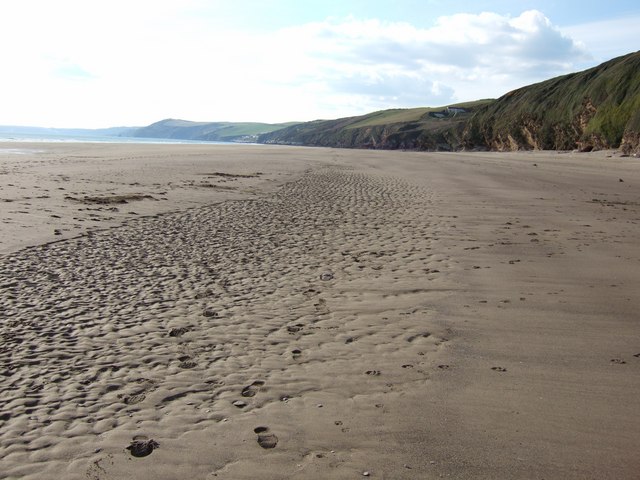
Kerslake Plantation is located at Grid Ref: SX3754 (Lat: 50.370409, Lng: -4.283858)
Unitary Authority: Cornwall
Police Authority: Devon and Cornwall
What 3 Words
///announced.figure.crank. Near Millbrook, Cornwall
Related Wikis
Sheviock
Sheviock (Cornish: Seviek, meaning strawberry bed) is a coastal civil parish and a hamlet in south-east Cornwall, England, United Kingdom. The parish is...
Crafthole
Crafthole is a village in the parish of Sheviock, in southeast Cornwall, England, UK. The village has a pub (Finnygook Inn), Post Office, shop, Methodist...
Scraesdon Fort
Scraesdon Fort, near the village of Antony, is one of several forts in South East Cornwall which formed part of the ring of forts surrounding Plymouth...
River Lynher
The River Lynher (Cornish: Linar) (or St Germans River downstream from its confluence with the Tiddy) flows through east Cornwall, England, and enters...
Nearby Amenities
Located within 500m of 50.370409,-4.283858Have you been to Kerslake Plantation?
Leave your review of Kerslake Plantation below (or comments, questions and feedback).



